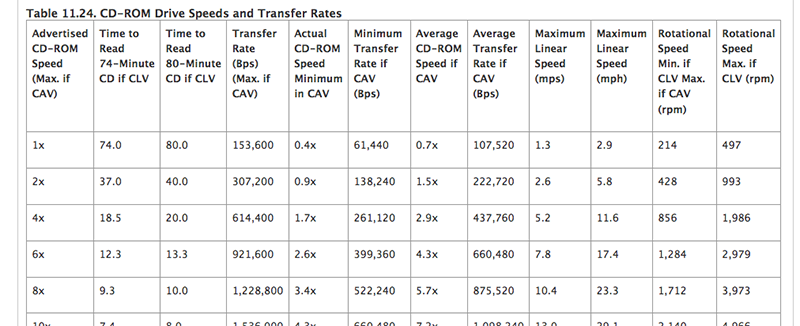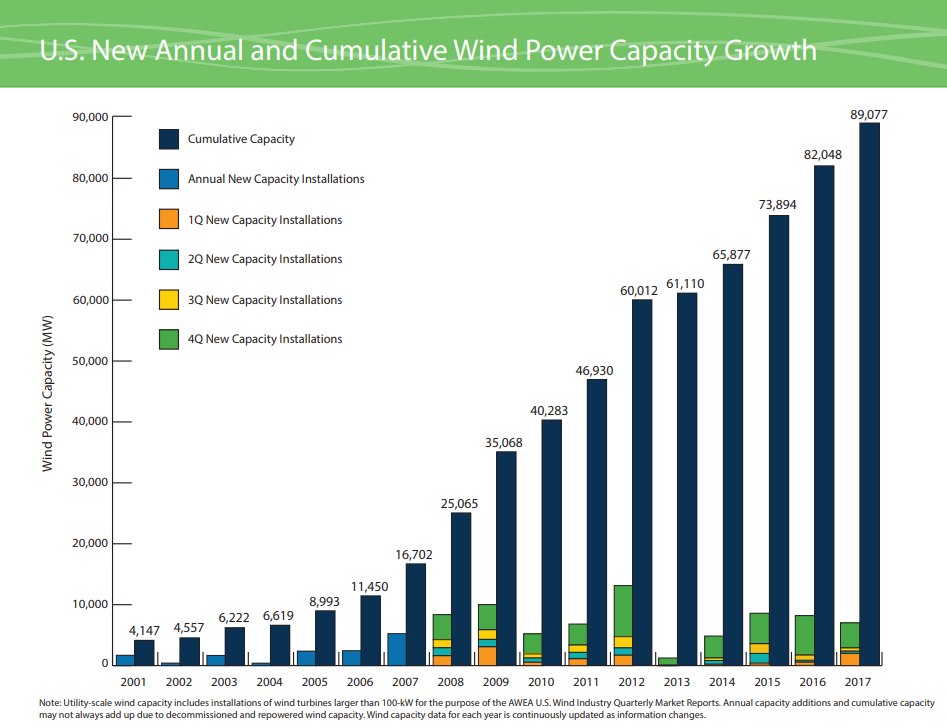This homework just asks you to explore your comfort with numbers. estimation, and unit conversion. Be careful not to report unreasonable numbers of significant figures in these calculations.
1) Determine the number of seconds in a year. Do this using only conversion factors which everyone knows and clearly articulate any assumptions you make along the way. Compare your result to π .107 s and comment on significant figures.
[π .107 s]
2) Using data derived from your personal experience determine the density of snow in kg/m3. Provide sketches and estimated meaurements along with all conversions needed to make this determination. Provide the data for which you believe this calculation is valid. Compare your result to the density of water, 1000 kg/m3 and balsa wood at 160 kg/m3 and justify the reasonableness of your answer.
[300-800 kg/m3]
3) Convert 30 m/s (65 mph) to that classic British unit - furlongs/fortnight. Make this conversion through a series of individually simple conversions some of which you will need to look up. m to furlongs will not be considered a simple conversion.
[1.80 .105 f/f]
4) How many significant figures does each number in the 8x row have? Do all of the numbers in a particular column have the same number of significant figures? Do all of the numbers in a column have the same precision?.

[2,3,5,2,5,2,5,3,3,4,4,no yes]
5) Consider this graph of the US energy consumption in Quads. What is the average energy consumption for each person every day in units of (kWh/person)/day? Do the same for energy use in Britain. As you did in problem 3 keep your conversions reasonably simple rather than just googling them. You will no doubt notice with some irritation that the basic units of the flow charts are not the same.
[250 kWh/p-d, 125 kWh/p-d]
6) Here is a link [https://www.youtube.com/watch?v=2xFji9-xgMw ] to some security video of a Tesla going a little fast and getting airborne due to a railroad crossing. Estimate the velocity of the car in m/s. In your solution be sure to be very clear about your assumptions and units.
[50 m/s]
7) Here is a link to the engineering specs for the retractable field at University of Phoenix Stadium. Given the data what is a reasonable estimate of it's travel speed in m/s? We will revisit this later in the term to consider what the 76 1 hp motors tell us about friction as it moves. This is an impressive piece of engineering.
[4 .10-2m/s]
8) Consider the plot below that shows the installed wind turbine capacity for the US.

Estimate the rate at which we are installing wind turbines over the last decade. Does the data suggest it's pretty constant? What would you estimate the rate of installation was in 2006? Think about this last question from a calculus perspective and instantaneous slope. Finally, we will need about 8 TW of installed wind turbines if we want to replace ALL of our energy use with wind generated electricity. At the rate we've been building this last decade how long would it take to reach this goal?
[around 7 GW/yr, 3 GW/yr, 1000 yr-ish]
